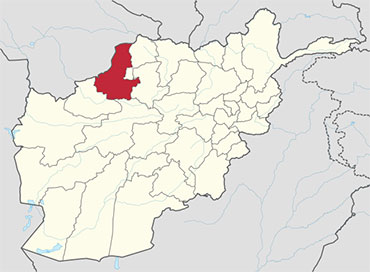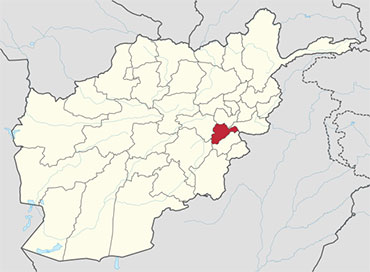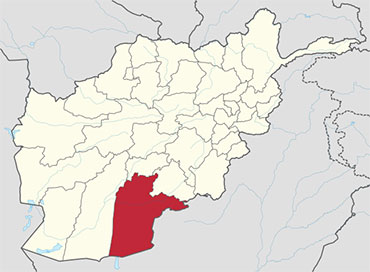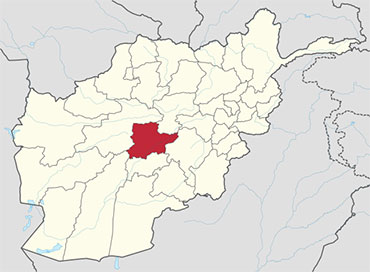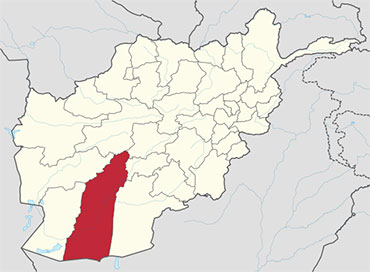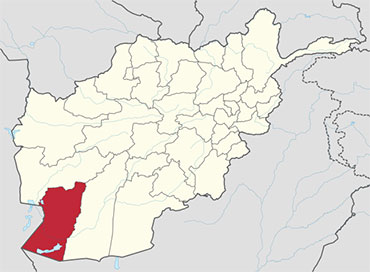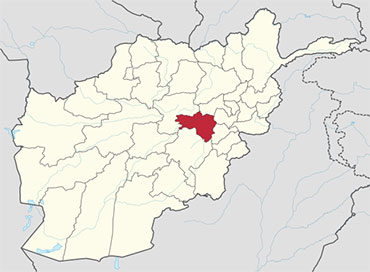 Maidan Wardak Province also called Maidan Wardag or simply Wardak Province, is one of the 34 provinces of Afghanistan, located in the central east region of Afghanistan. It is divided into eight districts and has a population of approximately 567,600. The capital of the province is Maidan Shar. The province is named after the Pashtun tribe of Wardak.
Maidan Wardak Province also called Maidan Wardag or simply Wardak Province, is one of the 34 provinces of Afghanistan, located in the central east region of Afghanistan. It is divided into eight districts and has a population of approximately 567,600. The capital of the province is Maidan Shar. The province is named after the Pashtun tribe of Wardak.
History
During the communist times, the people of Wardak never gave significant support to the communist government. Wardak Province was significant during the Civil War in Afghanistan, due to its proximity with Kabul and its agricultural lands. Hezb-e Wahdat had significant presence in the area. Most of the area was captured by the Taliban around winter 1995, and after the capture of Kabul, Wardak Taliban were significant in the fight for Parwan Province and Kapisa Province.
The security situation rapidly deteriorated in Maidan Wardak in 2008 and 2009. According to a report by Mohammad Osman Tariq Elias, both Logar and Maidan Wardak, by the end of 2008, were under de facto Taliban control. As of April 2009, the Ministry of the Interior (Afghanistan) had listed the entire province as “High Risk.”
Healthcare
The overall literacy rate in Wardak province is 25%. There are around 251 primary and secondary schools in the province catering for 105,358 students. There are 2909 teachers teaching in these schools.
Economics and industry
In terms of industry, one marble factory is working in the province, and there are marble mines in the provincial center and Sayed Abad District although no mining is currently undertaken there due to the government ban. The majority of commercial activity in Maidan Wardak is related to trade in agricultural and livestock products, although stone quarrying is also a growing business in the area. The people from Maidan Wardak are also expert in karez cleaning and repair and go to other parts of the country for this purpose. In Maidan Wardak, there are many natural resources like petroleum, iron, rubies, and many historical artifacts that have been found by the people, but have been kept secret.
Agriculture is a major source of revenue for 43% of households in Maidan Wardak province. Four fifths (79%) of rural households own or manage agricultural land or garden plots in the province. However, nearly a quarter (24%) of households in the province derive income from trade and services, and around half (45%) of households earn some income through non-farm related labor.
Demography
As of 2013, the total population of Wardak province is about 567,600, which is multi-ethnic and mostly a tribal society. According to the Institute for the Study of War, “Roughly 70 percent of the population is Pashtun; Hazaras and Tajiks comprise the remainder of the population. The Tajiks live primarily in northern districts of the province, while the Hazaras live in the western part of the province. Maydan Wardak also has a small population of Qizilbash, who are ethnically Persian and practice Shi’a Islam. The major Pashtun tribes are the Ghilzai (of the Hotak and Kharoti clans) and Wardak.
Districts
Maidan Wardak province is divided into about 9 districts.
| District | Population | Area |
|---|---|---|
| Chak | 83,376 | |
| Maidan Shar | 35,008 | |
| Nirkh | 56,354 | |
| Saydabad | 114,793 | |
| Jaghatu | 46,667 | |
| Day Mirdad | 28,865 | |
| Jalrez | 44,873 | |
| Hisa-I-Awali Bihsud | 50,079 | |
| Markazi Bihsud | 250,328 |
